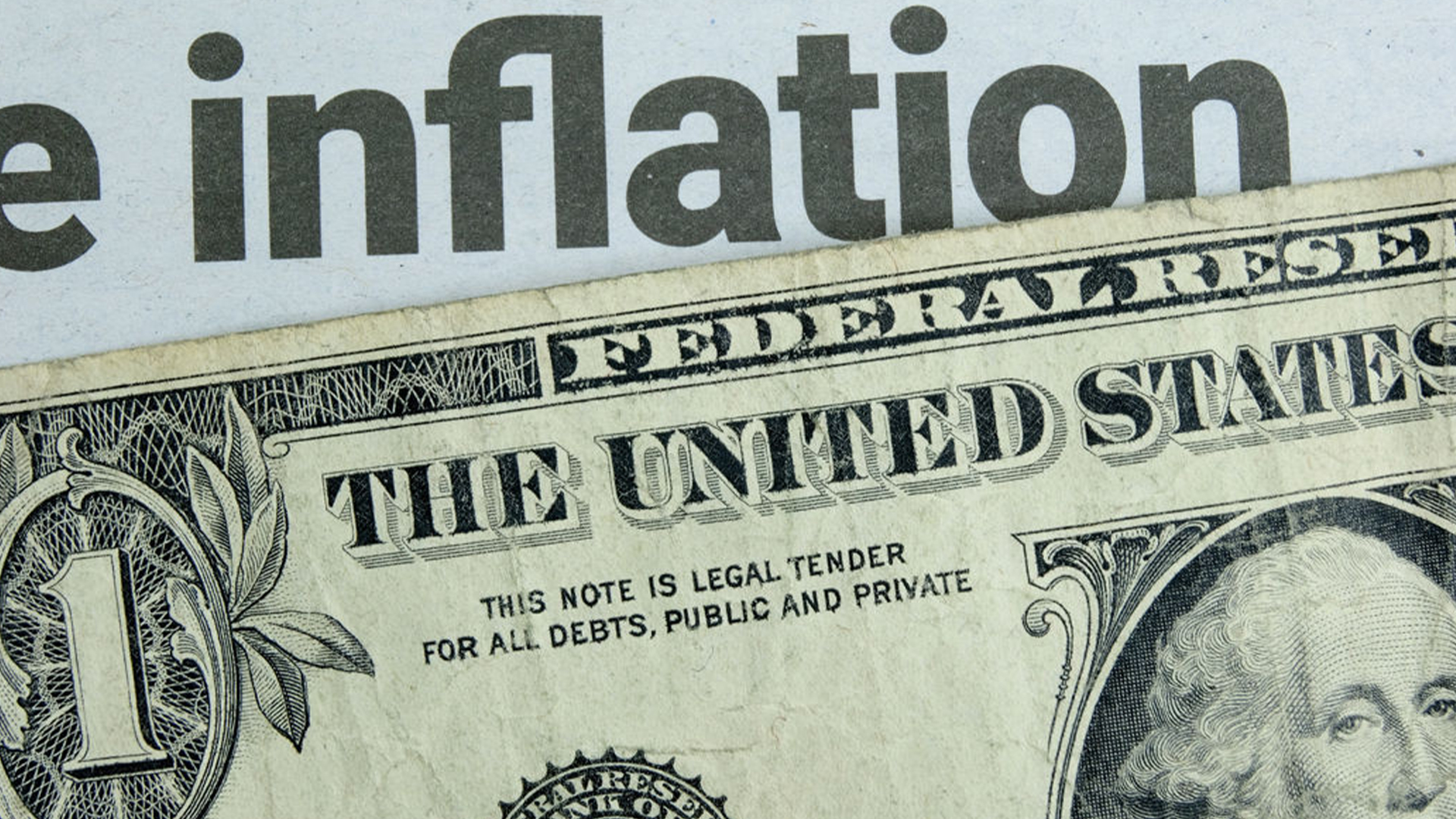The Reserve Bank of Australia has decided to hold its Official Cash Rate steady at 3.25%, after cutting rates for 11 months straight.
The decision was announced on July 9th, and it comes as the central bank still waits for clarity on its economic data, especially inflation, with risks rising from US tariffs that could impact global economic growth.
After cutting rates from 5.5% in August 2024 to their current level, the RBNZ is now taking a cautious approach, with financial markets expecting at least one more rate cut in August.
Economic Outlook, Inflation Trends and New Zealand Dollar Reaction
The New Zealand dollar fell to around $0.598 on Wednesday, hovering near a two-week low, after the Reserve Bank of New Zealand paused its interest rate cutting cycle but signaled that further easing is likely if price pressures remain. ⁽¹⁾
The MPC stated that New Zealand’s economy is being supported by lower interest rates and strong exports, but rising uncertainty from US tariffs could damage exports and the New Zealand dollar. ⁽²⁾
The central bank has taken a more cautious stance amid lingering concerns about domestic inflation, which is currently at 2.5%, and rising risks that global trade tensions could add to inflationary pressures. Inflation is expected to rise and peak at 3% due to rising food prices before returning back to around 2% by early 2026. ⁽³⁾
The committee stated that New Zealand’s economy is recovering gradually, with a stronger than expected GDP growth in Q4 2024 and Q1 2025 after entering a technical recession in mid-2024. Household consumption and business investment have picked up, but recent data for April and May 2025 suggests weaker growth, indicating ongoing uncertainty. ⁽⁴⁾
Global Growth Concerns
Global growth is expected to slow over the second half of 2025, reflecting the uncertain impacts of trade protectionism. However, the Committee noted that fiscal expansion in the euro area, the US and China may counter some of the downside risks. ⁽⁵⁾
Increased trade protectionism is expected to result in less inflationary pressure for New Zealand. While tariffs are likely to be inflationary in the US, forecasts for inflation in China and emerging economies in Asia have been lowered recently, partly indicating an appreciation in some Asian currencies. ⁽⁶⁾
Risks to the Global Outlook Remains High
The Committee discussed several key risks around the economic outlook. There remains significant uncertainty about global tariff policy, and how this will affect the global economy.
The costs of trade could increase by more than assumed as global supply chains adapt to trade barriers, increasing inflationary pressure. Conversely, policy uncertainty could lower global investment, and trade diversion could lower import prices by more than currently assumed, lowering inflation pressure. ⁽⁷⁾
The Committee noted the risk that large economic policy shifts overseas, and concerns about sovereign risk, could result in additional financial market volatility and increased bond yields. ⁽⁸⁾
Conflict in the Middle East and in Ukraine has contributed to volatility and heightened uncertainty around global energy prices. A re-escalation in conflicts could present an upside risk to energy prices. However, increased oil supply from OPEC could counteract this risk.
Outlook with an Expected Rate Cut in August
The MPC unanimously agreed to hold interest rates at 3.25%, a change from the previous vote. While the committee signaled rate cuts might continue if inflationary pressures eased, the nearest rate cut might be in August, which might be the only one left in 2025, bringing the Official Cash Rate to 3%. ⁽⁹⁾



